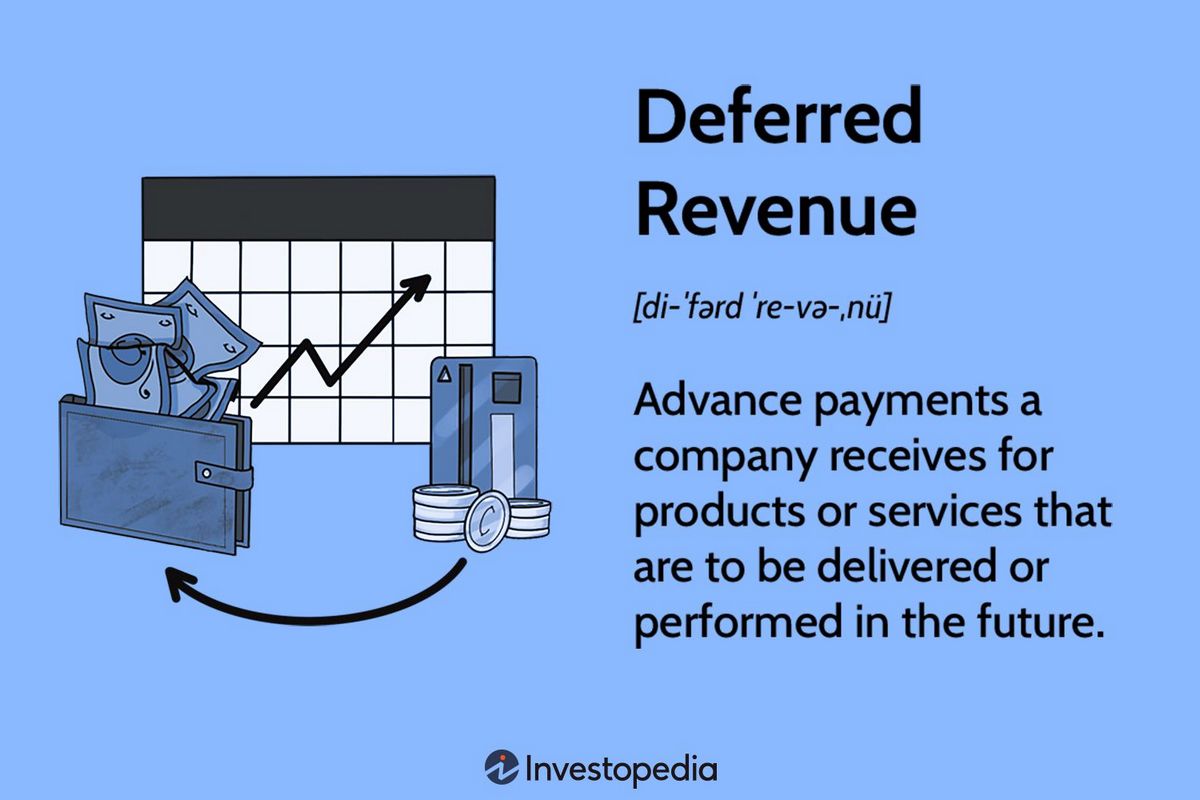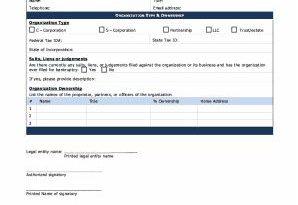What Deferred Revenue Is in Accounting and Why It s a Liability

What Deferred Revenue Is in Accounting and Why It’s a Liability
Deferred revenue, also known as unearned revenue, refers to advance payments a company receives for products or services to be delivered in the future. The company records the amount as deferred revenue, a liability, on its balance sheet.
Deferred revenue is a liability because it reflects revenue that has not been earned and represents products or services owed to a customer. As the product or service is delivered over time, it is recognized proportionally as revenue on the income statement.
Key Takeaways
- Deferred revenue is a liability on a company’s balance sheet that represents a prepayment by customers for goods or services yet to be delivered.
- Deferred revenue is recognized as earned revenue on the income statement as the good or service is delivered.
- The use of the deferred revenue account follows GAAP guidelines for accounting conservatism.
- If the good or service is not delivered as planned, the company may owe the money back to the customer.
How Deferred Revenue Works
Deferred revenue is recognized as a liability on the balance sheet of a company that receives an advance payment. This is because it has an obligation to the customer in the form of the products or services owed. The payment is considered a liability because there is still the possibility that the good or service may not be delivered, or the buyer might cancel the order. In either case, the company would need to repay the customer, unless other payment terms were explicitly stated in a signed contract.
Note
Contracts can stipulate different terms, whereby no revenue is recorded until all services or products have been delivered. In other words, payments collected from the customer remain in deferred revenue until the customer has received in full what was due according to the contract.
Generally accepted accounting principles (GAAP) require accounting methods and conventions that encourage accounting conservatism. Accounting conservatism ensures the company reports the lowest possible profit. A company reporting revenue conservatively only recognizes earned revenue when it has completed certain tasks to have full claim to the money and once the likelihood of payment is certain.
As a company delivers services or products, deferred revenue is gradually recognized on the income statement to the extent the revenue is "earned." Categorizing deferred revenue as earned revenue too quickly, or bypassing the deferred revenue account altogether and posting it directly to revenue on the income statement, is considered aggressive accounting and overstates sales revenue.
Deferred revenue is typically reported as a current liability on a company’s balance sheet, as prepayment terms are usually for 12 months or less. However, if a customer made an up-front prepayment for services expected to be delivered over several years, the portion of the payment pertaining to services or products to be provided after 12 months from the payment date should be classified as deferred revenue under the long-term liability section of the balance sheet.
Example of Deferred Revenue
Deferred revenue is common with subscription-based products or services that require prepayments. Examples of unearned revenue are rent payments received in advance, prepayment received for newspaper subscriptions, annual prepayment received for software use, and prepaid insurance.
The other company involved in a prepayment situation would record their advance cash outlay as a prepaid expense, an asset account, on their balance sheet. The other company recognizes their prepaid amount as an expense over time at the same rate as the first company recognizes earned revenue.
Consider a media company that receives $1,200 in advance payment at the beginning of its fiscal year from a customer for an annual newspaper subscription. Upon receipt of the payment, the company’s accountant records a debit entry to the cash and cash equivalent account and a credit entry to the deferred revenue account for $1,200.
As the fiscal year progresses, the company sends the newspaper to its customer each month and recognizes revenue. Monthly, the accountant records a debit entry to the deferred revenue account and a credit entry to the sales revenue account for $100. By the end of the fiscal year, the entire deferred revenue balance of $1,200 has been gradually booked as revenue on the income statement at a rate of $100 per month. The balance is now $0 in the deferred revenue account until next year’s prepayment is made.
Can You Have Deferred Revenue in Cash Basis Accounting?
No, in cash basis accounting, revenue is reported only after it has been received. Expenses are recorded only when they are paid.
How Do You Record Deferred Revenue in an Account?
When payment is received in advance for a service or product, the accountant records the amount as a debit entry to the cash and cash equivalent account and as a credit entry to the deferred revenue account. When the service or product is delivered, a debit entry for the amount paid is entered into the deferred revenue account, and a credit revenue is entered to sales revenue.
Can You Have Deferred Revenue in Accrual Accounting?
No, accrual accounting records revenue for products or services delivered before payment has been received. This is the opposite of deferred revenue, which records revenue for services or products yet to be delivered. Accrual accounting records revenue for payments that have not yet been received for products or services already delivered.
The Bottom Line
Deferred revenue is recorded as such because it is money that has not yet been earned due to undelivered products or services. Businesses often receive upfront payments, but these payments are recognized as liabilities on balance sheets because the recipients still owe goods, services, or a possible refund if the goods or services are not delivered.



